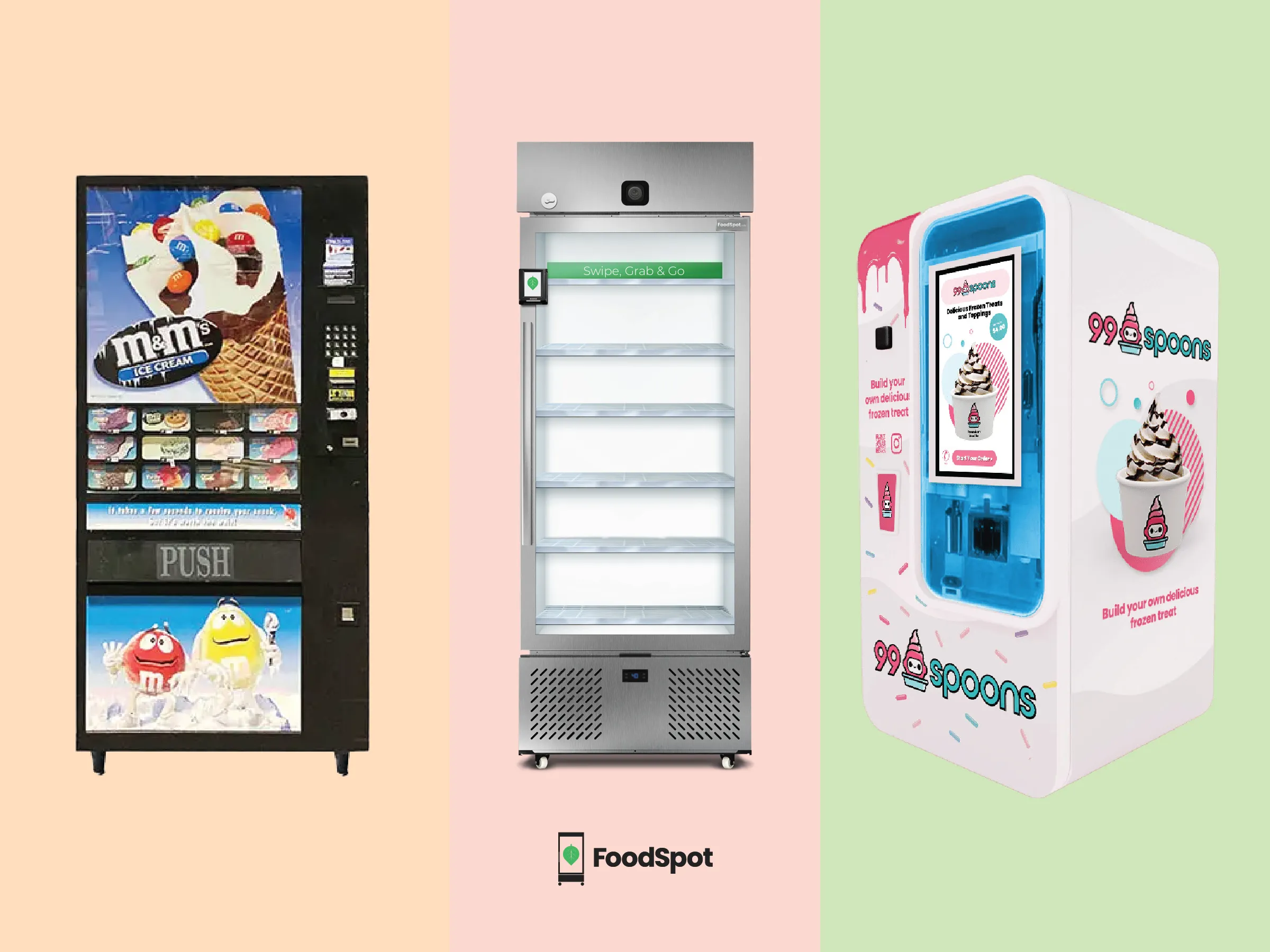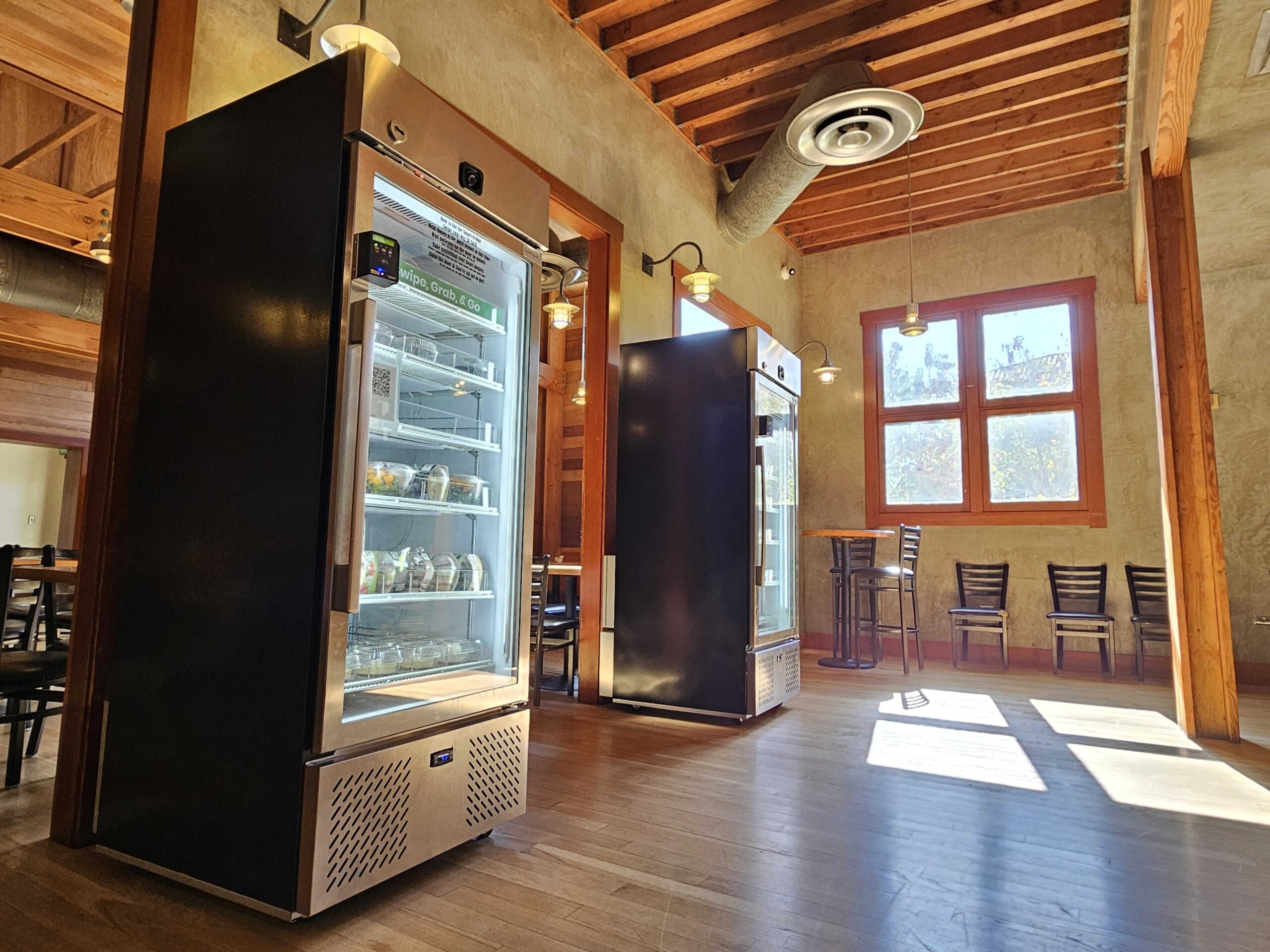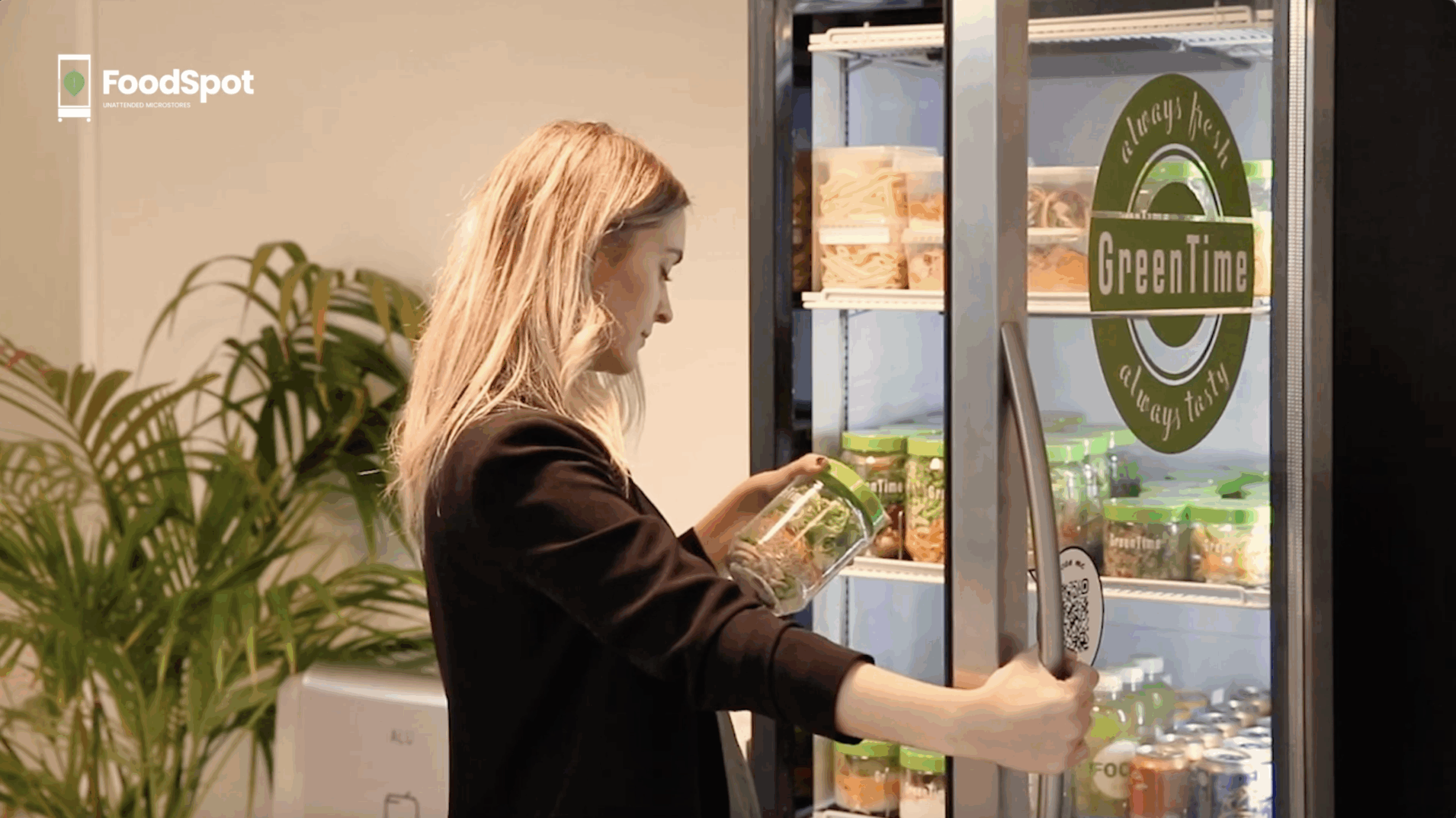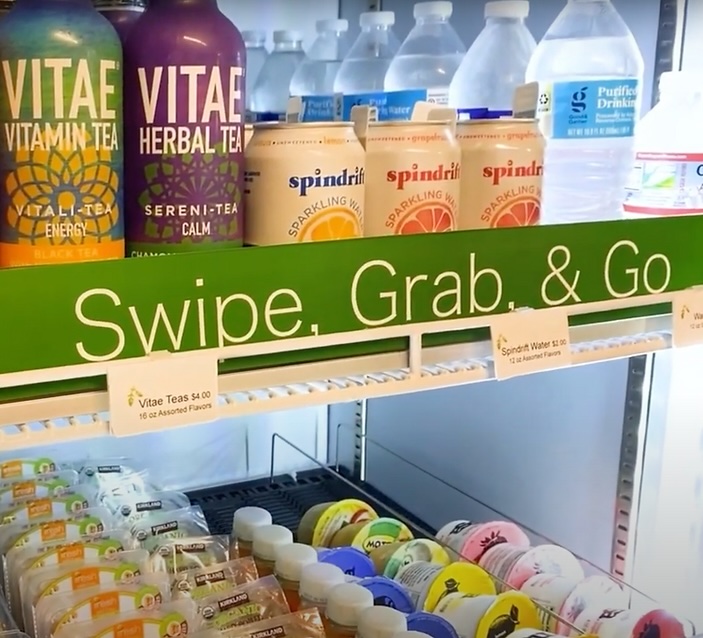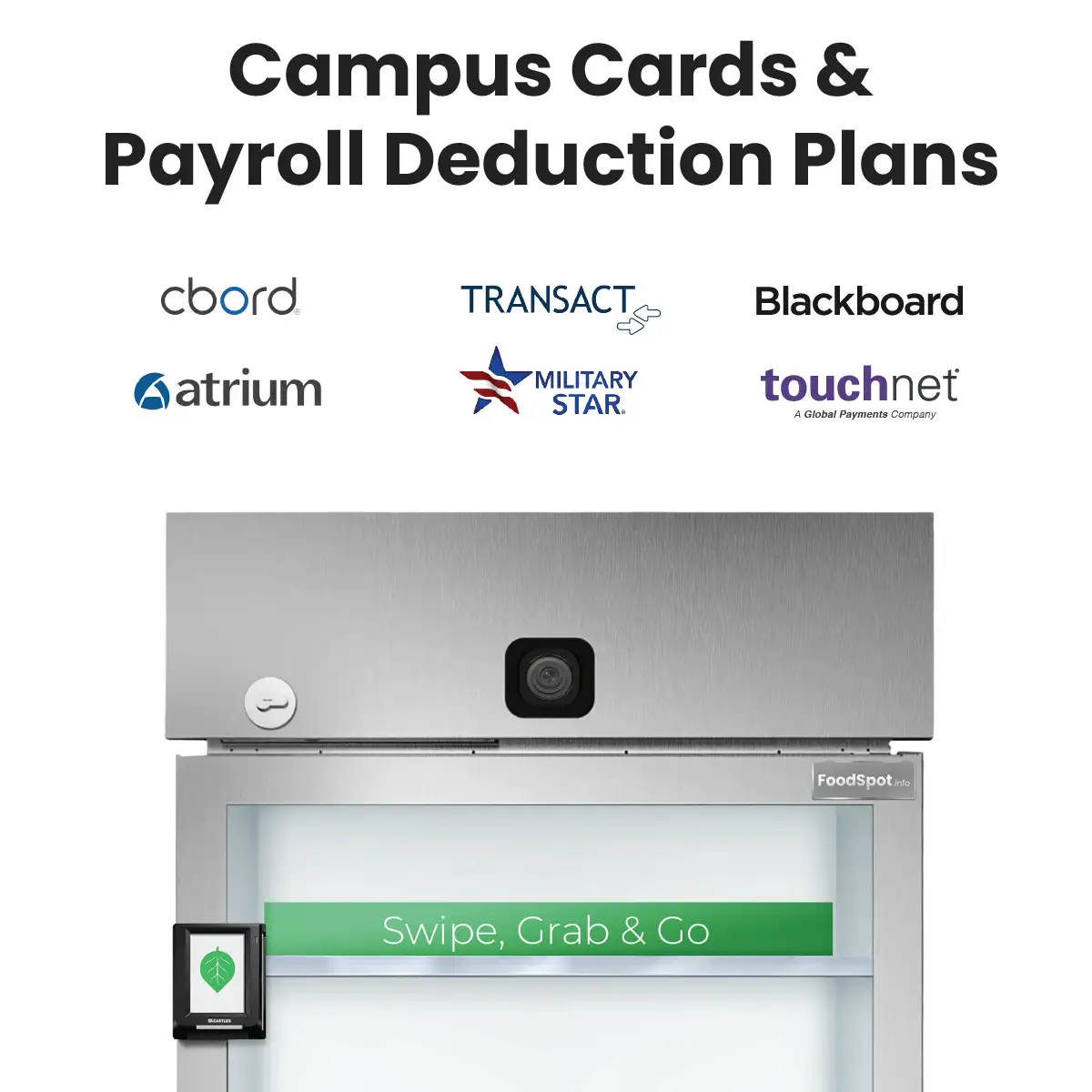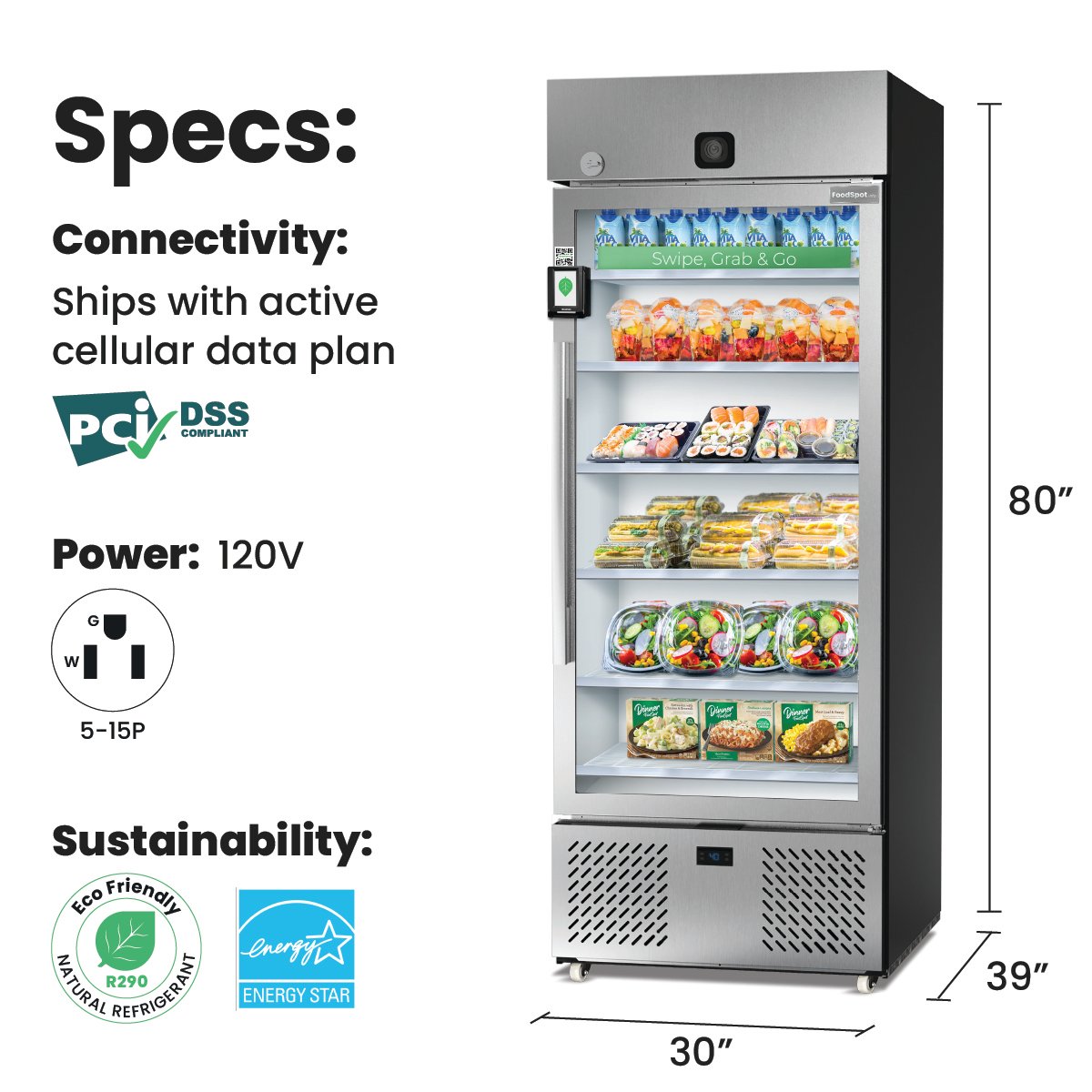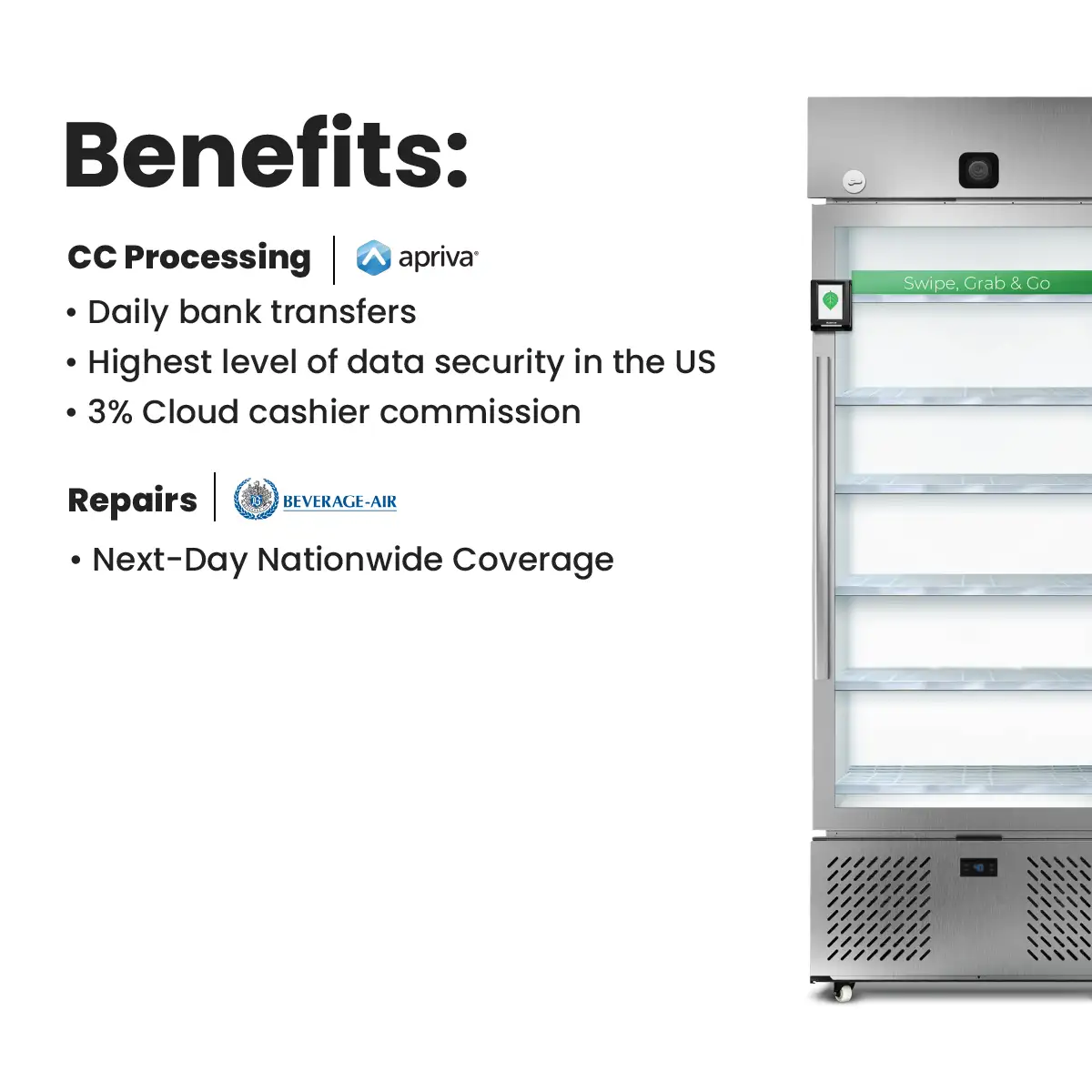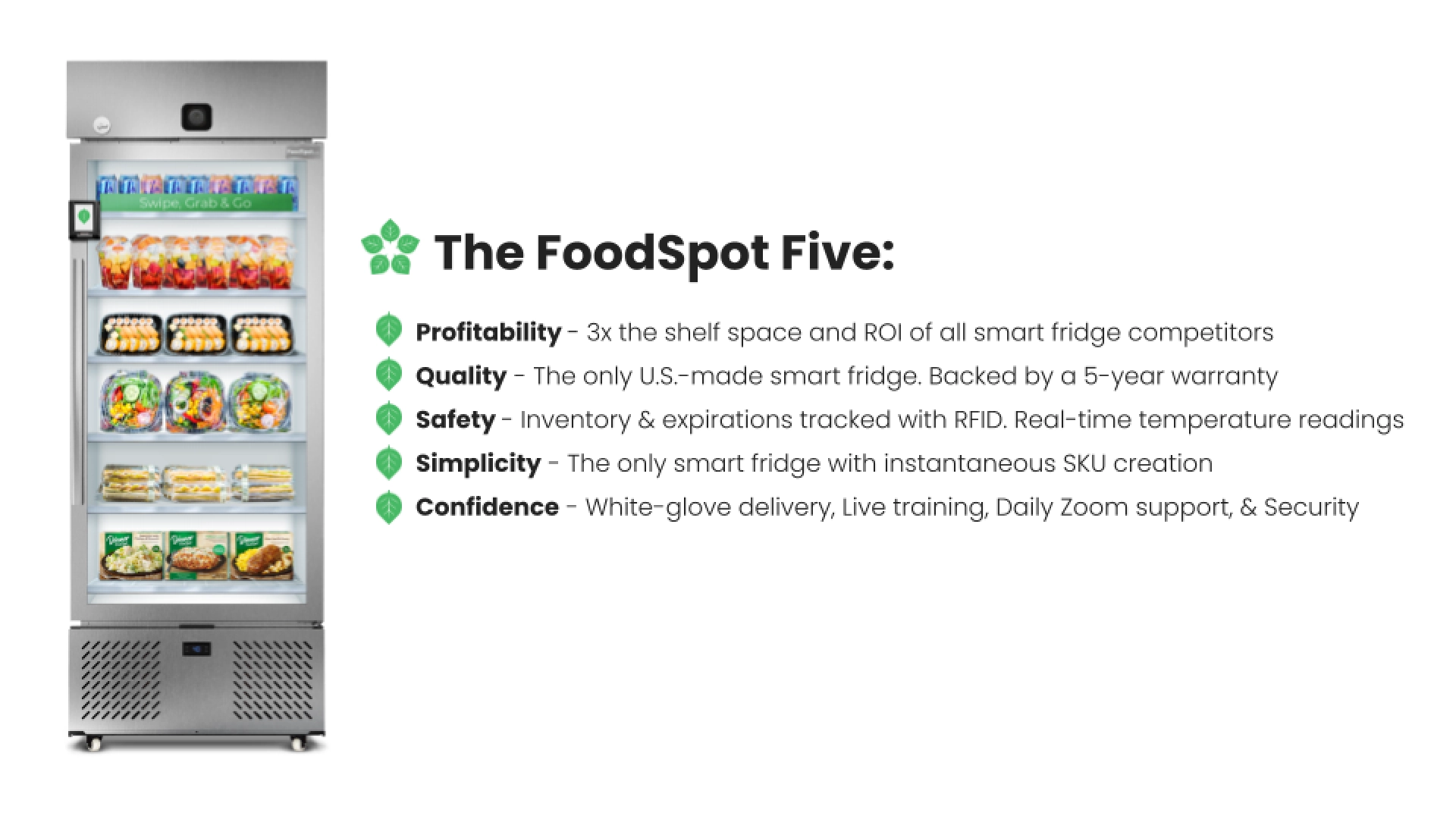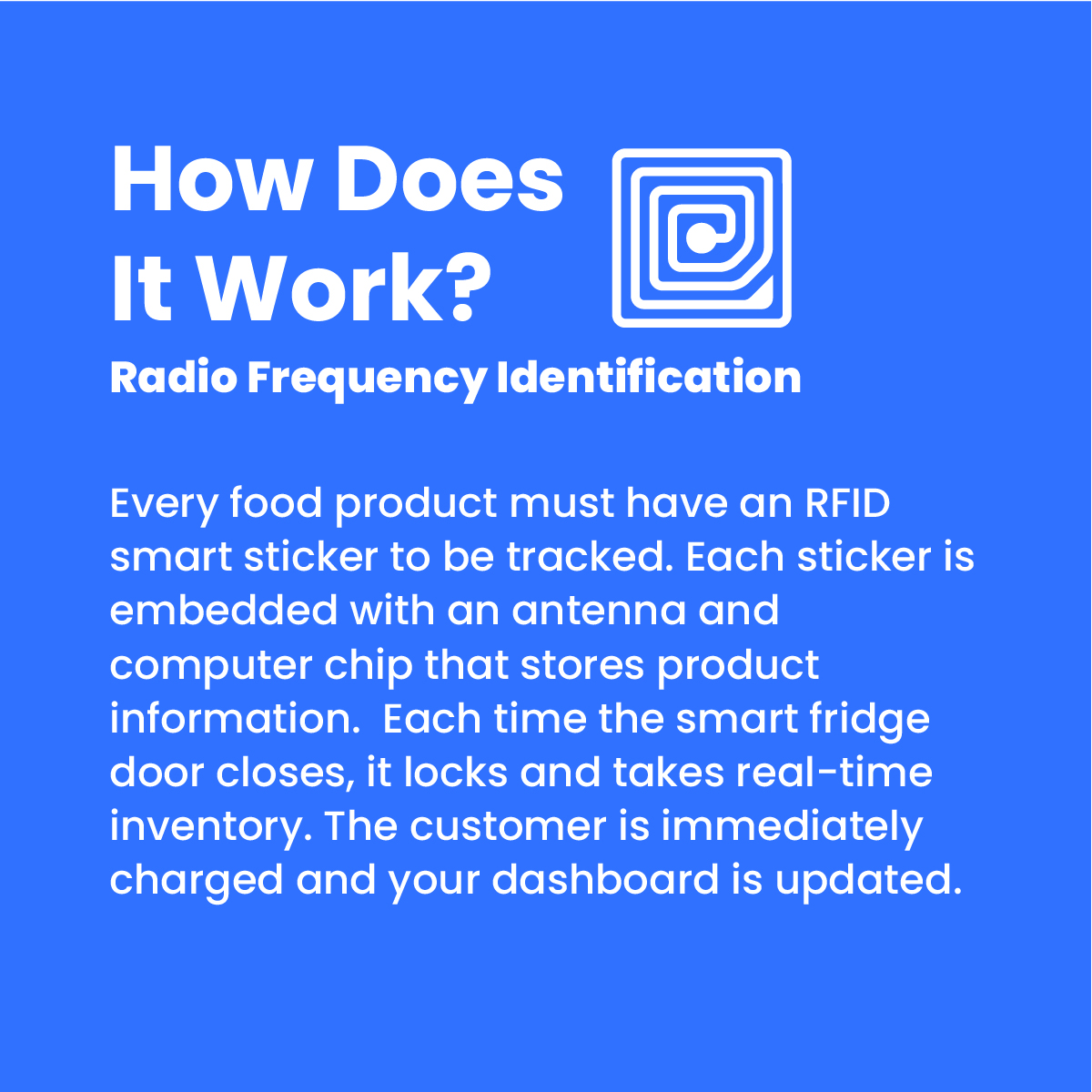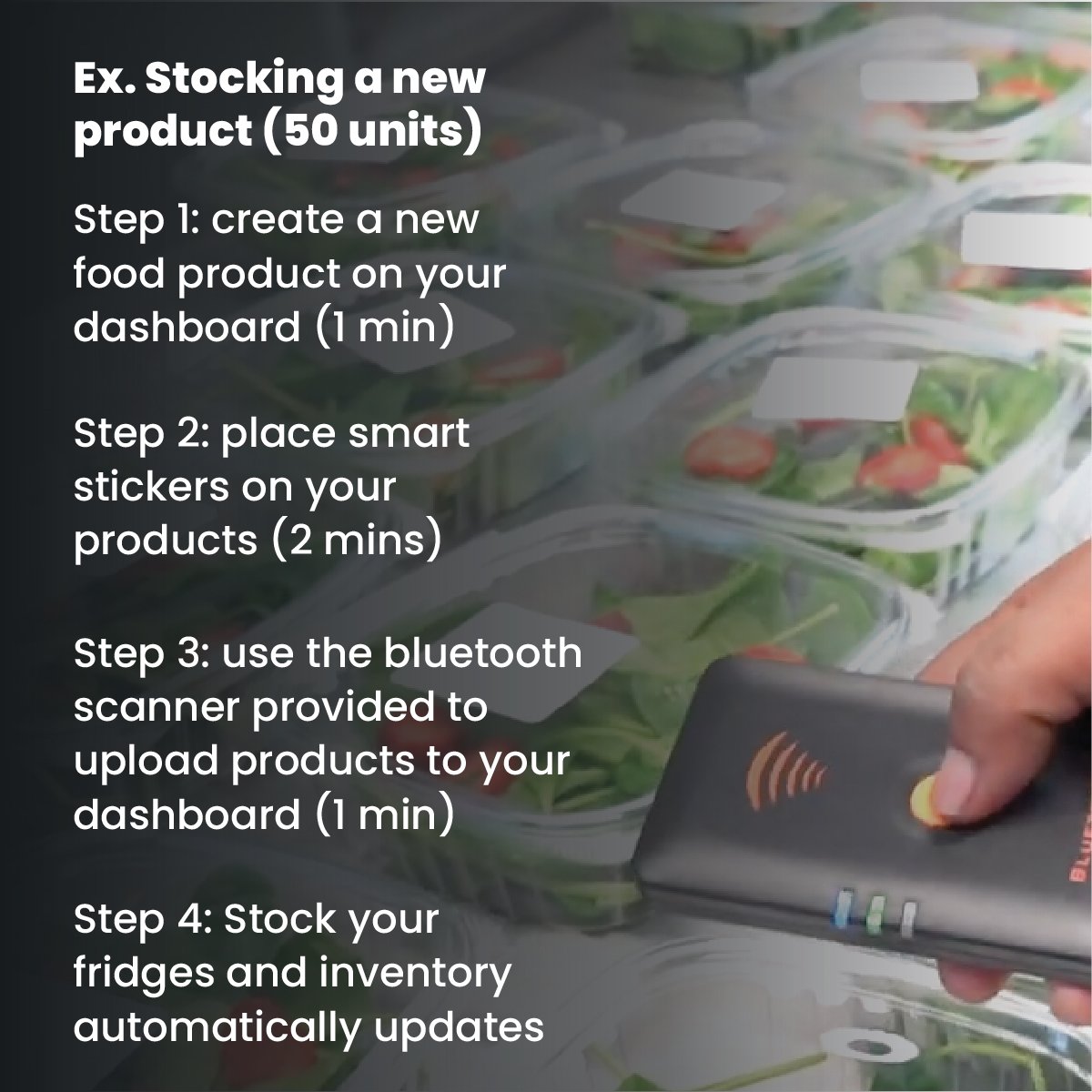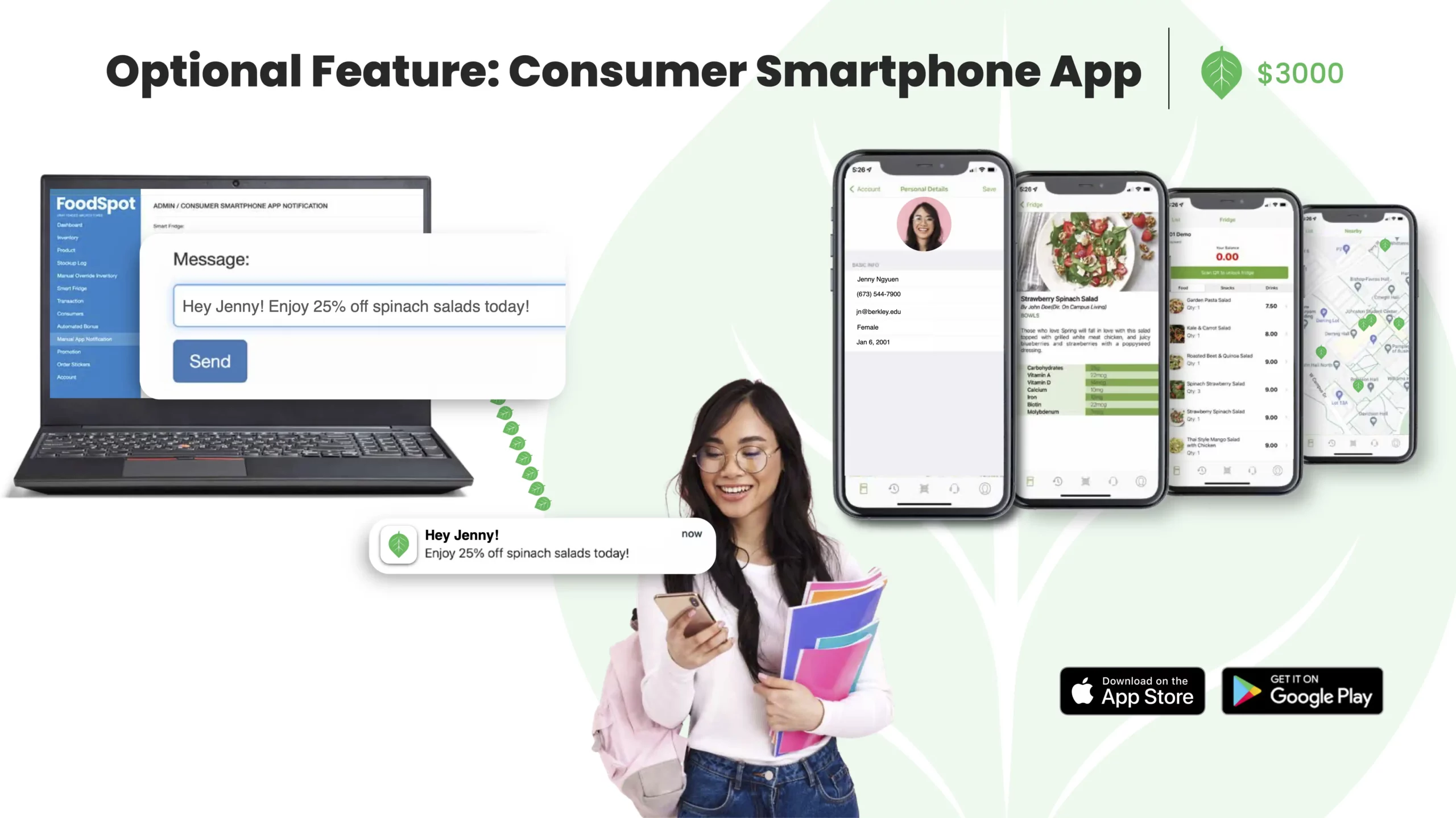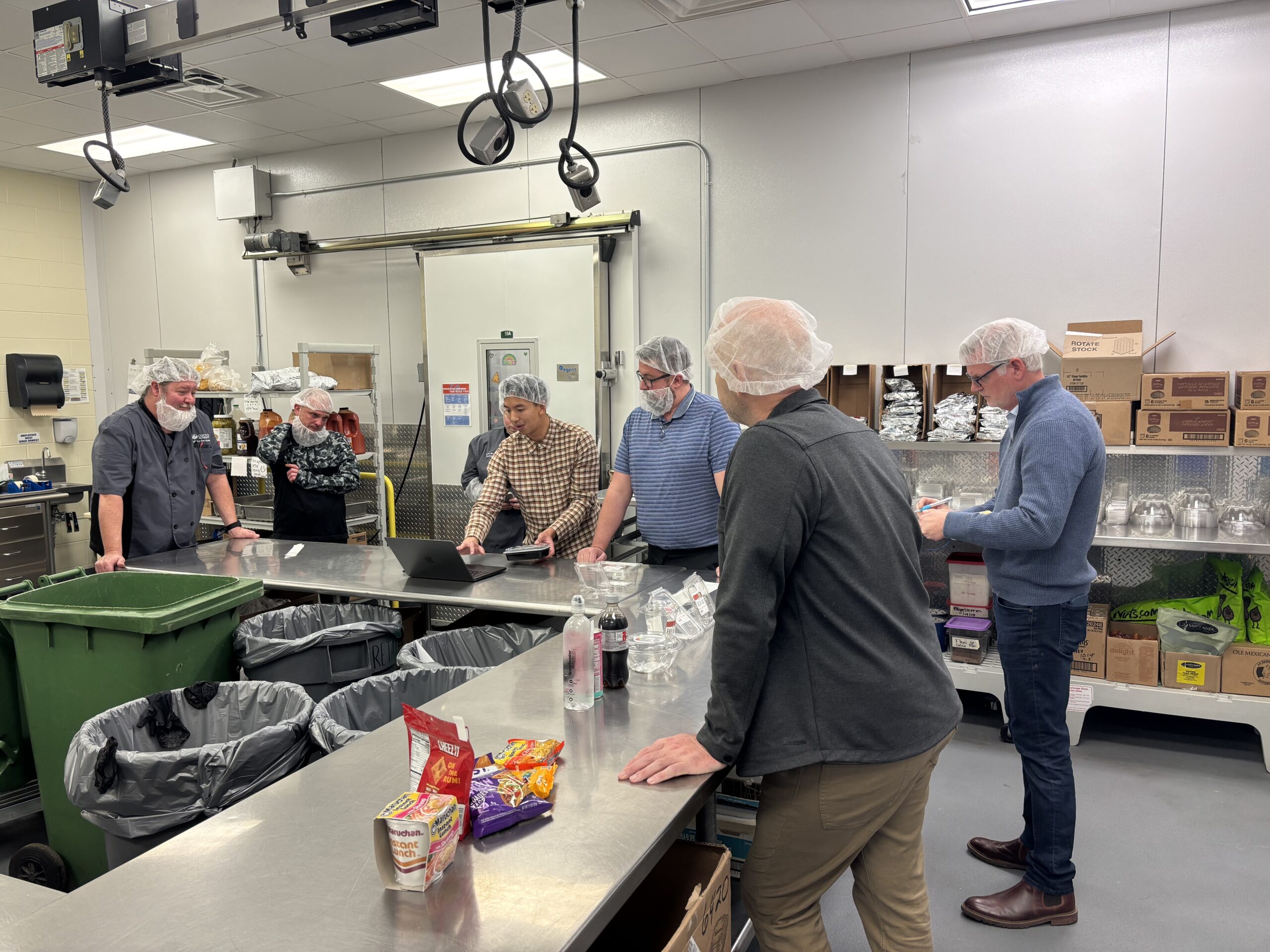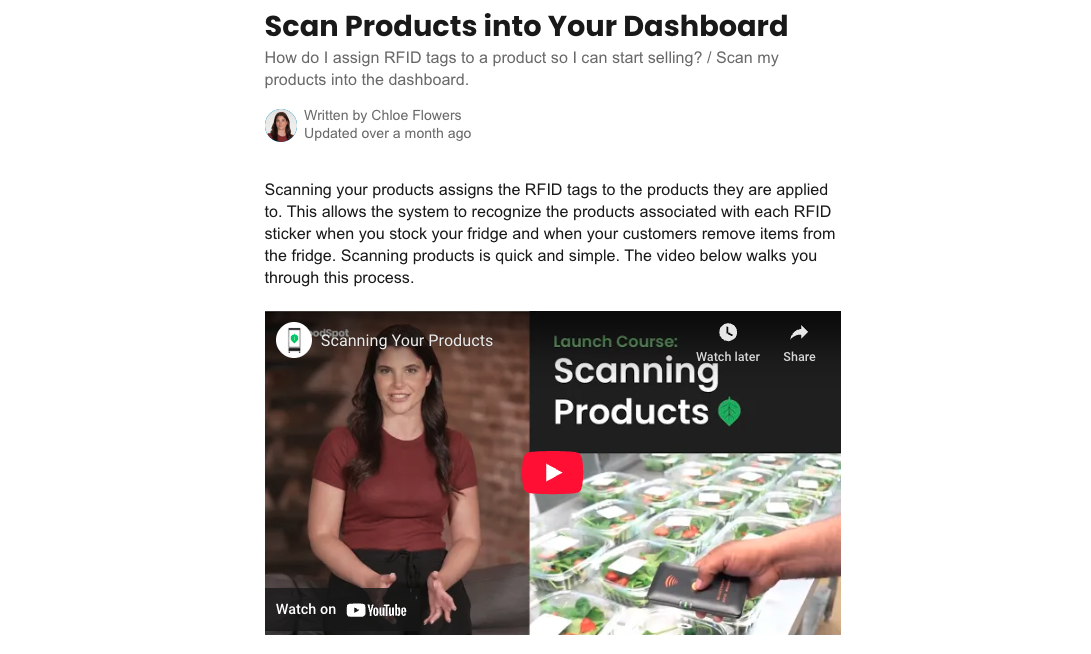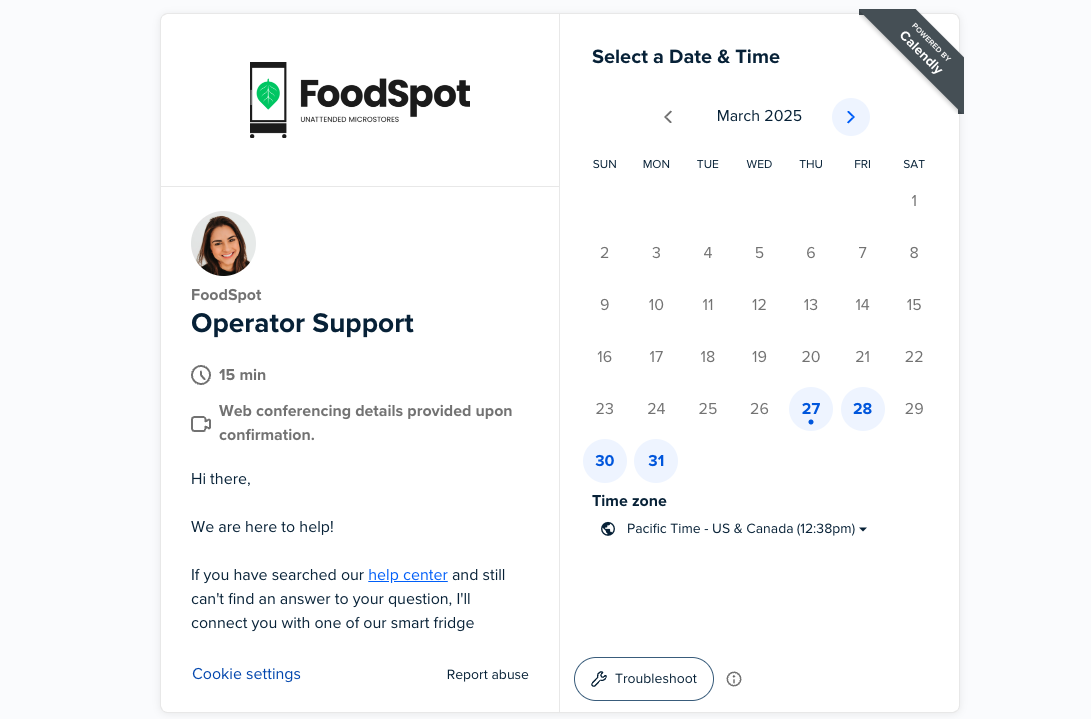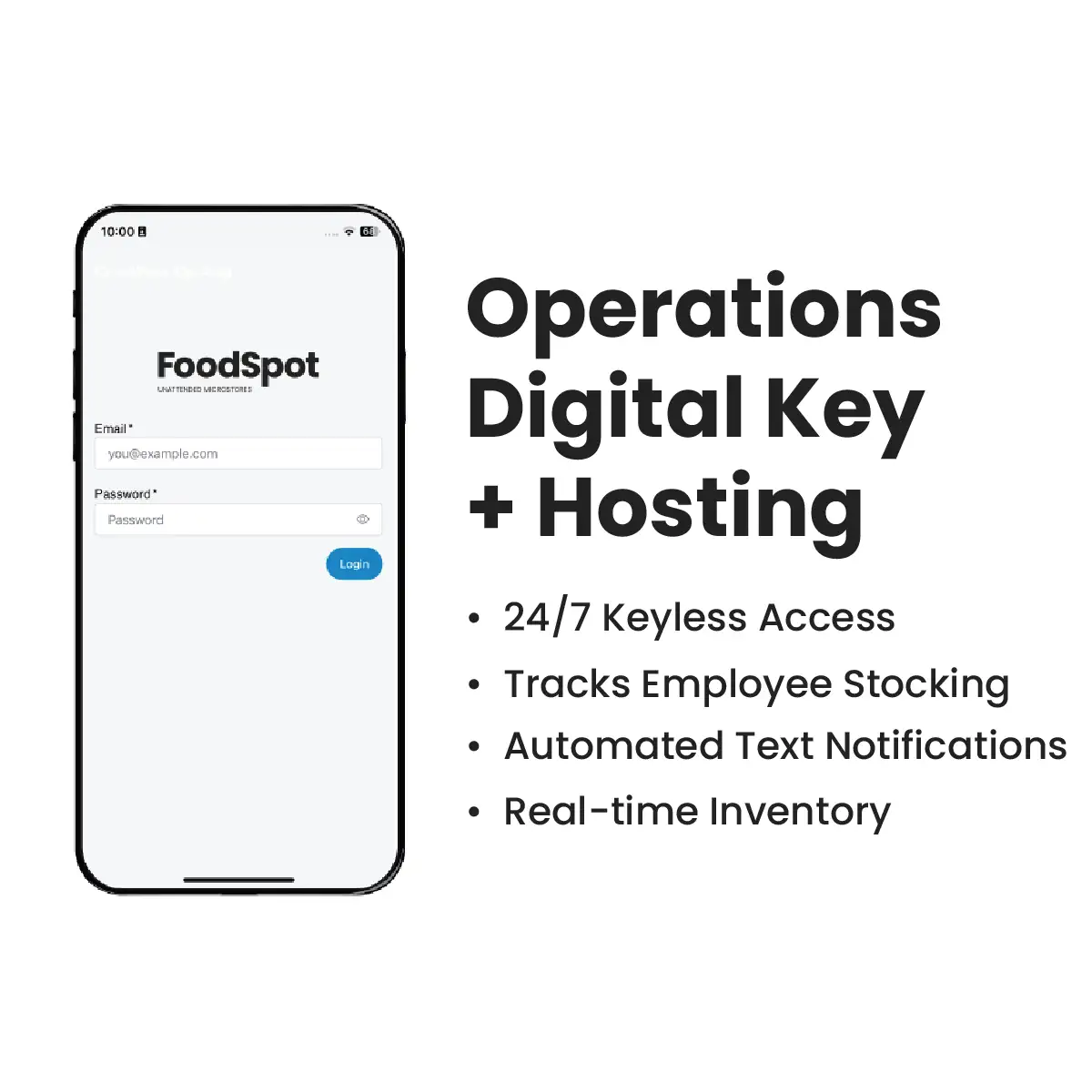“I missed lunch at work.”
That was my friend’s reply when I asked her why she hadn’t eaten all day.
“You don’t have food options between mealtimes?” I asked her.
“Well, they have ice cream and sodas, but no real food.”
The past year of working from home has distanced me from the problem of feeling lunchtime hunger with nowhere to go. But the problem seems more pronounced than ever: employees are eagerly heading back to work in almost all industries–all except for foodservice (see Foodservice labor crisis not a temporary challenge).
Thankfully, I look around and still see restaurants, food trucks, and office cafes operating. So, why are people like my friend still lacking fresh, healthy food in their busy lives?
The relationship is only based on one party’s terms.
A One-Sided Relationship
Connecting food providers to food seekers has typically been a zero-sum game. The food truck closes between mealtimes to save on costs, so tough luck if you break your fast at 3pm. You order food delivery because you don’t want to go out in the rain, but the provider, the earth, and you bear the high cost of last-mile delivery. Your company cafe only opens during your meeting, which means skipping lunch.
That was my friend–she couldn’t connect with fresh food on her terms.
Enter Microstores
A microstore is a fresh food vending machine that allows food creators and consumers to connect on both parties’ terms. Allow me to explain.
Microstores Are Unattended
The smart fridge takes care of the transaction. When the consumer swipes a credit card, the smart fridge unlocks, and they have the freedom to inspect items as they please. When they’ve grabbed what they want, they close the fridge and are automatically charged for the items they took.
Because microstores are unattended, fresh food providers can sell around the clock on their own terms. They can use their existing staff to stock the fridge with items they already sell, whenever it’s convenient. Most importantly, they don’t need to hire extra labor to run it. For the consumer, the microstore allows them to connect with fresh food on their terms, whether they are an office employee at 3 pm or a nurse at 3 am.
Microstores Are Versatile
Microstores are small, so there are few restrictions on where they can be launched. This allows fresh food providers to sell in apartment buildings, on university campuses, and in hospital waiting rooms. They can always be moved around. Imagine the freedom of being a mobile food vendor without the truck or extra labor. With microstores, you don’t even need to apply for a mobile food vending permit.
Microstores lower the barrier to opening the next location. This versatility allows fresh food providers to grow and operate on their terms. Consumers can then access fresh food on their terms as they interact with food brands where they already walk, work, or wait.
Microstores Are Empowering
With FoodSpot’s operator dashboard, fresh food providers can access information about inventory, expiration dates, and transactions for every microstore from anywhere. This gives them both control and peace of mind. In this way, microstores empower operators to sell their food without selling their souls and participate fully in the rest of their lives. For the consumer, microstores eliminate the “missed lunch” phenomenon and empower them to work, learn, and play where they are without fear of missing out on restaurant quality fresh food.
Food vending is being reimagined with microstores. Microstores connect fresh food providers and consumers on both parties’ terms because they’re unattended, versatile, and empowering. If you are interested in opening a microstore for your business or having a microstore in your building, email us at hello@launchfoodspot.com.


